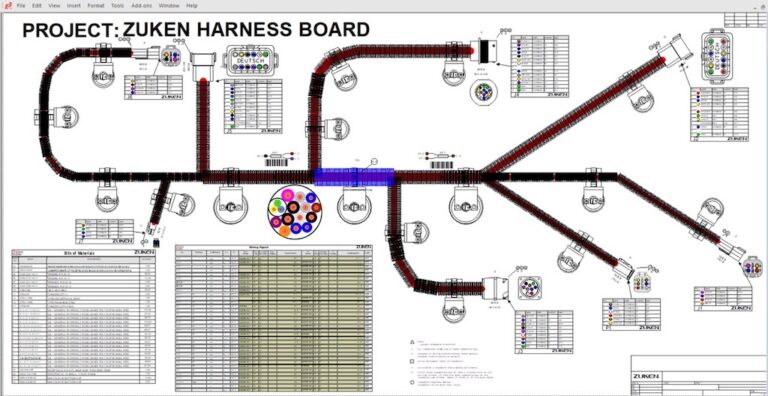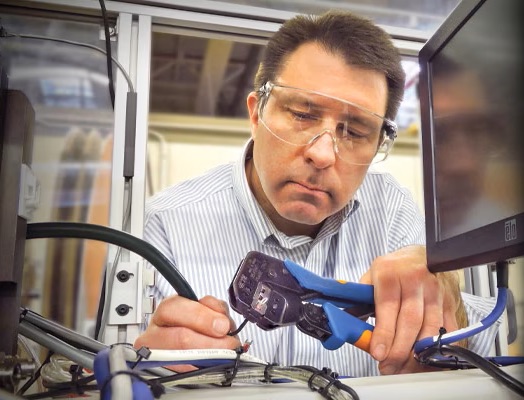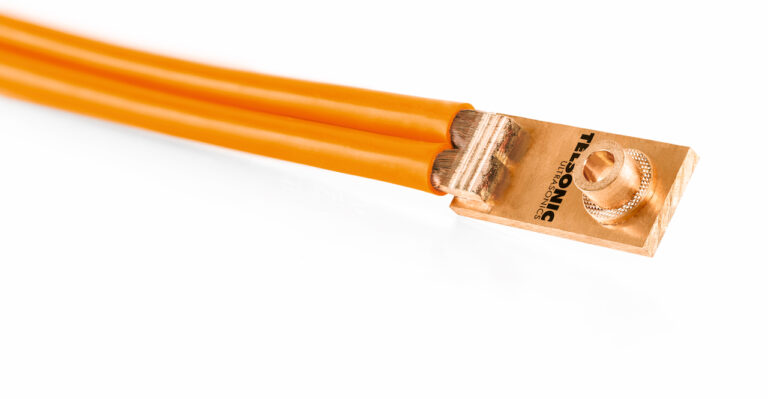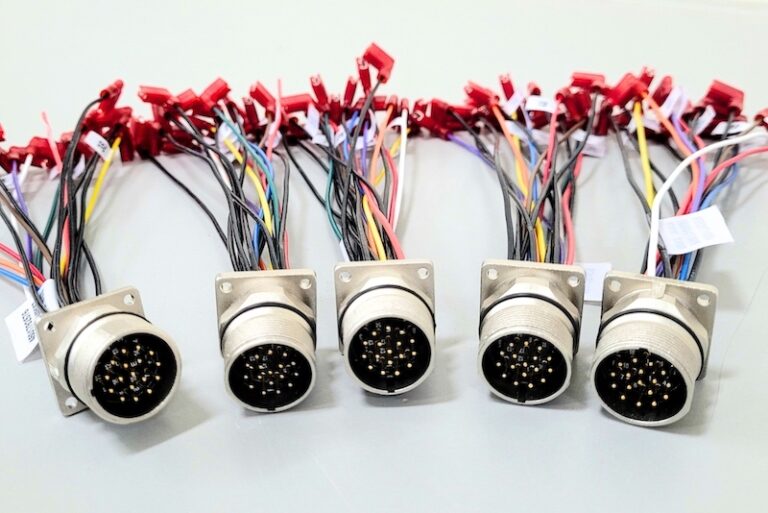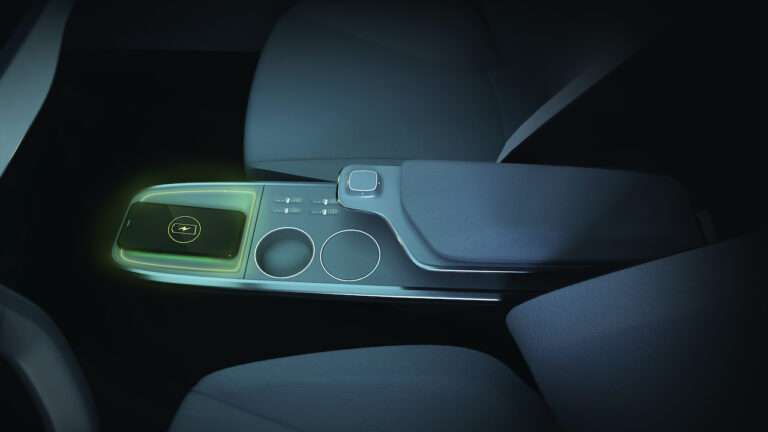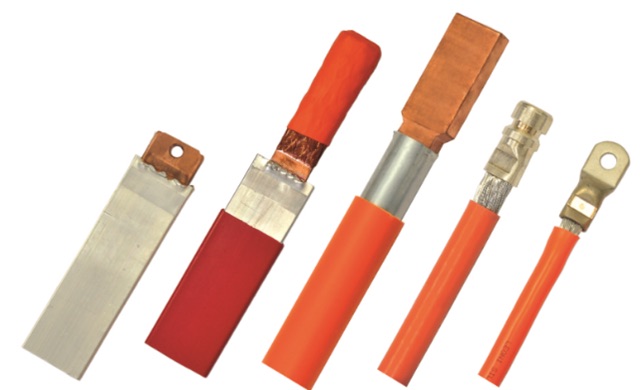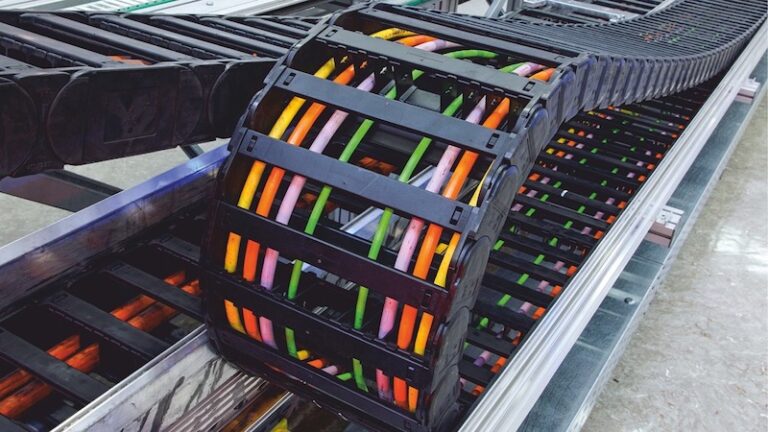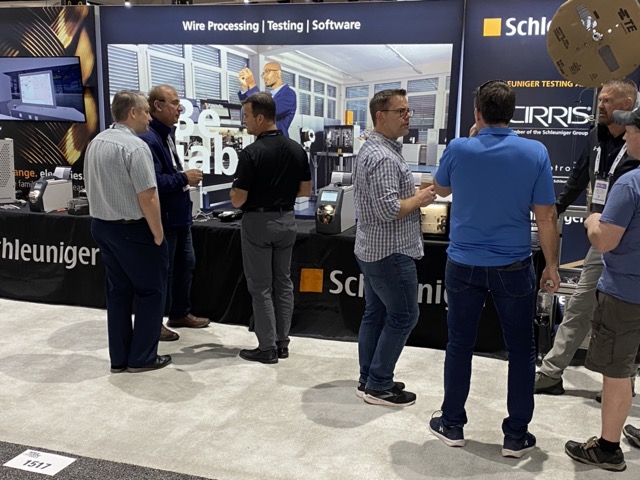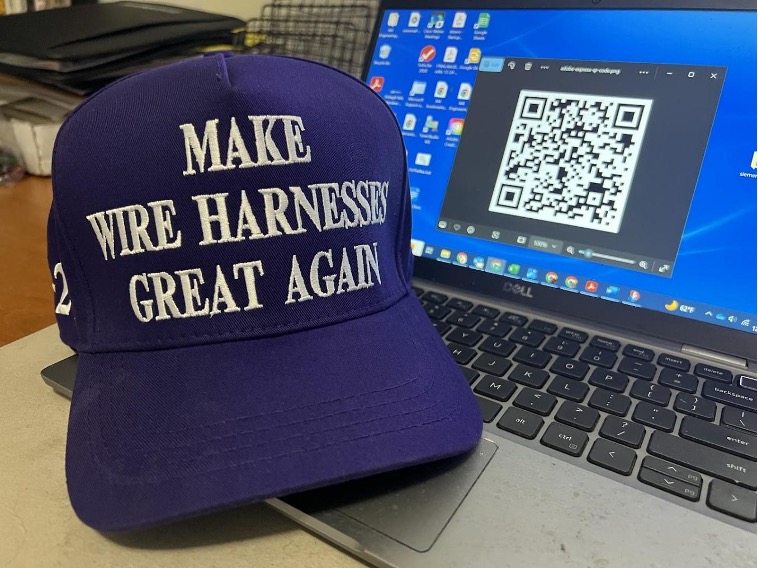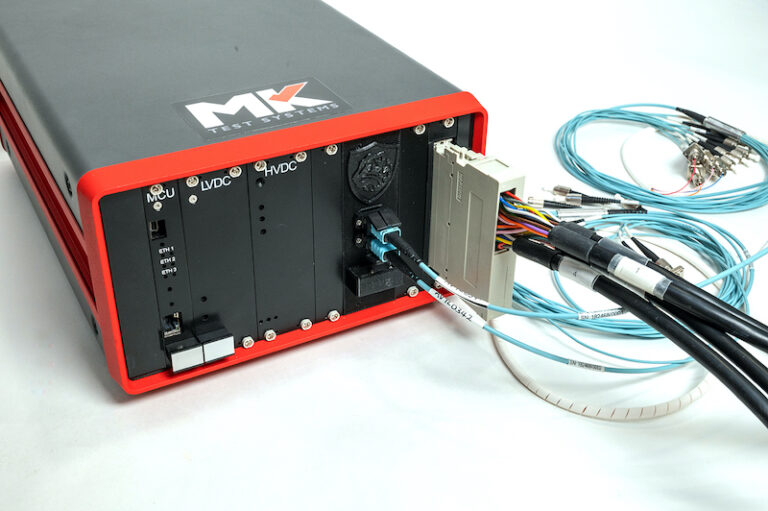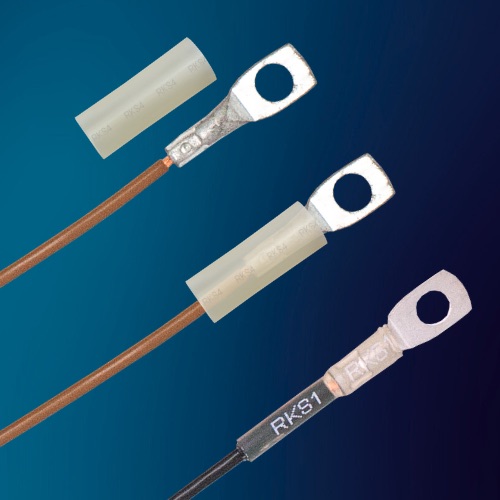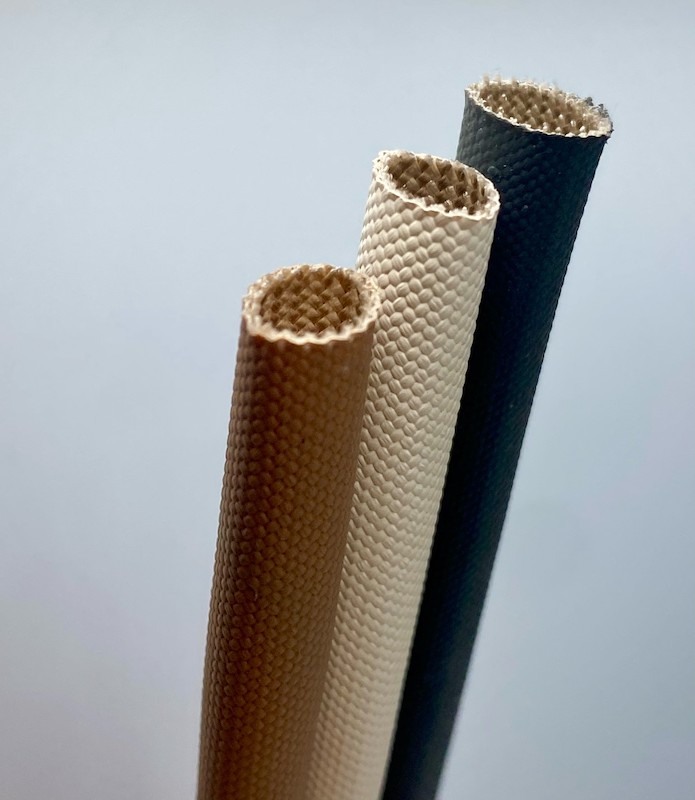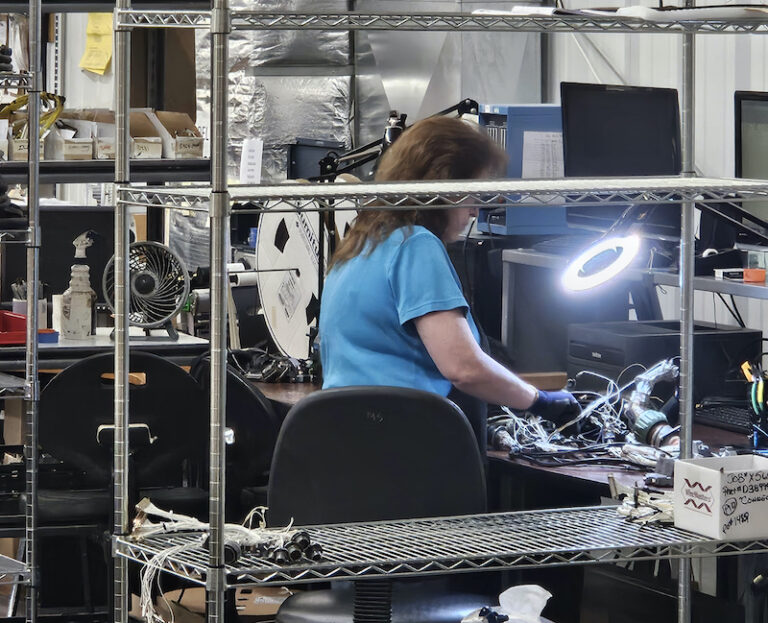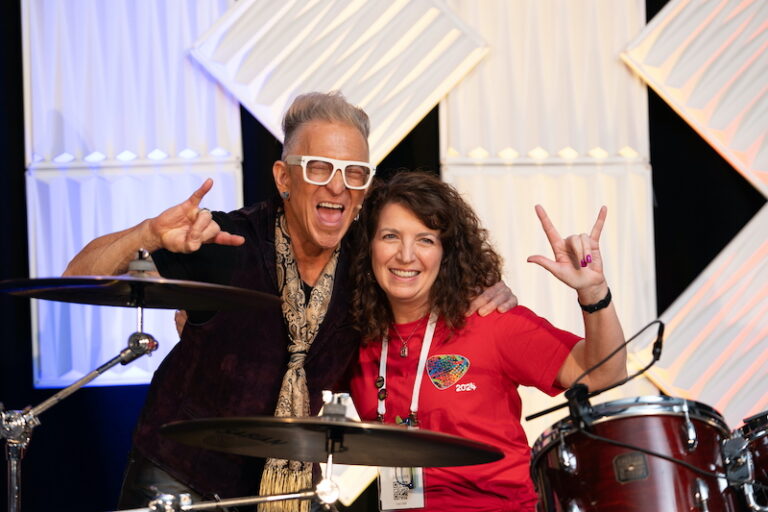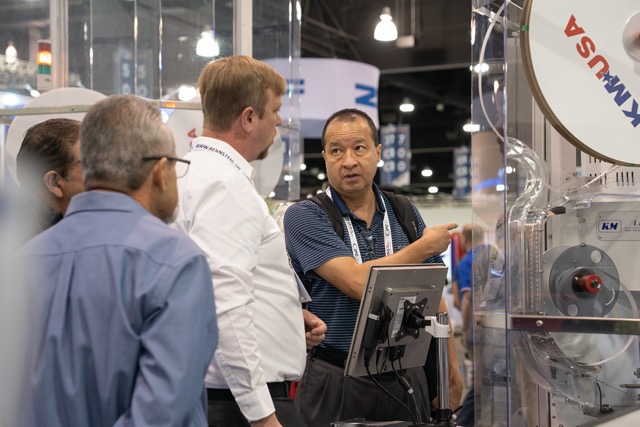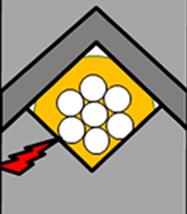Defect-Free Wire Cutting and Stripping
Wire Cutting and Stripping (C&S) machines have been around for over 100 years. Until recently, C&S machines did not have the ability to detect whether the insulation stripping blades have touched and have possibly damaged the underlying conductor. Stripping quality control has been left to the judgement of the machine operator who typically does a first article inspection. Assuming the first piece looks good, the production batch is run and the assumption is that all of the wires in the batch are produced in the same quality as the first piece. Unfortunately, that is not always the case. Wire quality can vary and a machine program that worked perfectly in the past is no guarantee that it will work perfectly every time.
Wires have been getting smaller and insulations have been getting thinner in many different industries including automotive, military and aerospace. With less insulation to work with, wire stripping has become more critical. In order to achieve a clean, perpendicular cut of the insulation, the stripping blades must be positioned closer to the conductor. This increases the risk of blade to conductor contact, and possible damage to the conductor.
Use of aluminum wire has been on the increase, usually due to cost and weight savings vs. copper. Aluminum has a much lower fatigue resistance than copper. A small nick on an aluminum wire can result in a complete fracture after very little bending. For this reason, it is imperative that aluminum wires not be nicked or scraped during the stripping process.
The IPC/WHMA-A–620C standard specifies whether a given wire can be nicked or cut, depending on the Class (I, II or III), the quantity of strands in the wire and whether or not it will be tinned. Some Class I applications allow one or more strands to be cut completely, whereas some Class III applications (typically mil/aero and medical) do not allow any damage whatever.
Modern C&S machines can produce several thousand measured, cut and stripped wire or cables per hour. How can you be sure that all of them meet the applicable stripping quality standard? Other than 100% post inspection, another way is to use the new SmartDetect option from Schleuniger for their MultiStrip 9480 C&S machine.
The SmartDetect system electrically isolates the stripping blades from the rest of the C&S machine. A very sensitive control system senses even the slightest contact between the stripping blades and the conductor. With the SmartDetect system, two sensing zones have been defined. The first sensing zone is monitored during the incision of the stripping blades into the insulation. The second sensing zone is monitored during the stripping (pull-off) of the insulation. Users can define tolerances for each sensing zone.
Some wires with particularly thin insulations cannot be stripped without having the stripping blades contact the conductor. The type of stripping blades used will determine how deep of an incision into the insulation is required for a successful strip. Universal V-type blades form a square shaped cut into the insulation, leaving the most uncut insulation compared to other stripping blade types. Properly sized Radius-type blades form a circular cut into the insulation and don’t require as deep of an incision into the insulation in order to achieve a clean cut. Radius blades can still damage the conductor since there is no centering system to prevent the blades from cutting into one side or the other. Finally, Die-type blades are custom made for each wire size / insulation thickness combination and utilize a counterbore that centers the wire during the incision and stripping process. Unfortunately, die-type blades do not offer the versatility of universal V-type blades that most customers prefer.
Stripping blade to conductor contact in itself does not mean that the conductor will be damaged. The tolerance of the SmartDetect incision sensing zone tolerance can be set to allow a given amount of blade contact that is acceptable based on empirical testing. Referring to figure 1 below, the graph line represents the stripping blade diameter position vs. time. In this example, a tolerance of 0.1mm has been programmed into the MultiStrip 9480 SmartDetect system for the Incision zone. This means that the SmartDetect system will allow stripping blade to conductor contact as long as it occurs within the last 0.1 mm (.004”) from the programmed stripping position (SP). The example shows that there was blade to conductor contact at 0.11 mm from the SP position, therefore the SmartDetect system would display an error message for this example.
Figure 1. Stripping blade diameter position vs. time.
Stripping blade to conductor contact can also be acceptable during the stripping (insulation pull-off) phase of the stripping process. Referring to the example in Figure 2, a tolerance of 20% has been programmed for SmartDetect sensing zone 2. This means the SmartDetect system will allow the stripping blades to touch the conductor for 20% of the Pull-Off length, which in this case is 2.0 mm. The SmartDetect system monitors the accumulated length of all of the stripping blade to conductor touches and compares the sum to the programmed tolerance value. If the sum of the touches is less than the programmed value, then the SmartDetect system will not display an error message. In the example below, the total accumulated length of the touches is 1.5 mm, therefore the SmartDetect system will not display an error in this example.
Figure 2. Stripping blade to conductor contact.
The Schleuniger SmartDetect system is very flexible and provides in-process monitoring of wire stripping quality during a production run. Settings are saved with each job and can be recalled as required. The SmartDetect system also works with other cable types such as multiconductor, flat, coaxial and twisted pair. Each layer of a multi-layer cable can be monitored. For example, on a coaxial cable, the SmartDetect system can be programmed to monitor any blade to conductor contact during the outer jacket strip and inner conductor strip. It can be programmed to ignore any blade to conductor contact when making a cut into the braided shield.
With the ever increasing demand to produce the highest quality wire and cable assemblies, the SmartDetect option for the Multi-Strip 9480 offers an easy to use in-process solution that is guaranteed to catch wire stripping quality issues on each and every wire or cable as it is being produced, rather than finding a problem after the production run has been completed.
Peter Doyon
Vice President Product Management
Schleuniger, Inc.






















